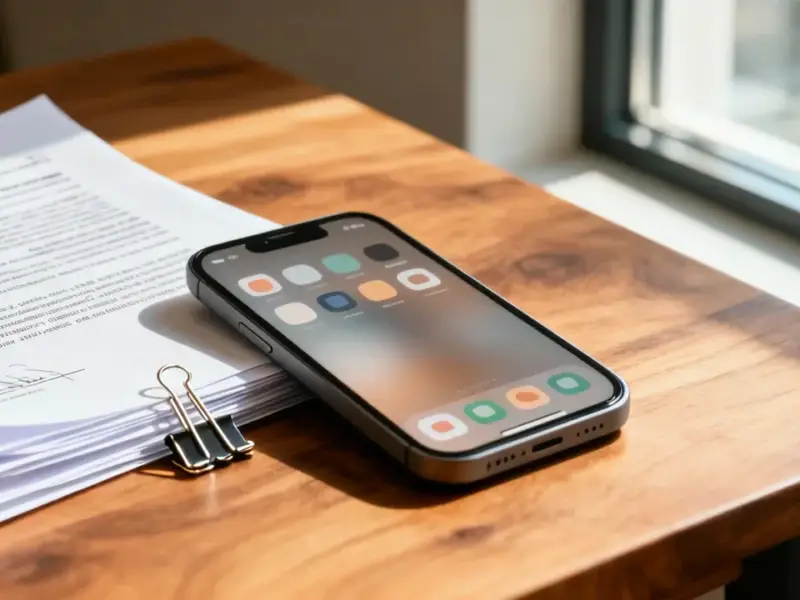According to TechCrunch, Apple has launched Digital ID, allowing iPhone and Apple Watch owners in the United States to store their US passport directly in Apple Wallet. The feature works at TSA checkpoints across more than 250 US airports for domestic travel, though it doesn’t replace physical passports for international trips. Users can add their passport through the Wallet app by scanning both the photo page and embedded chip, then completing facial verification with selfies and head movements. The feature is currently available in a dozen states plus Puerto Rico, though it’s still in beta as not all TSA readers support it yet. Digital ID joins existing government IDs in Apple Wallet, marking what Apple calls the final step toward making iPhones replace physical wallets entirely.
How it actually works
Here’s the thing – this isn’t just taking a photo of your passport. The setup process is pretty involved, which makes sense given what’s at stake. You’re scanning the actual passport page, reading the embedded chip (yes, passports have those), and doing facial recognition movements. Basically, they’re making sure you are who you say you are. When you use it at TSA, it works exactly like Apple Pay – double-click, authenticate with Face ID or Touch ID, and tap. The clever part? You can see exactly what information TSA is requesting before you approve it. That’s a huge privacy win compared to just handing over your physical ID where they can see everything.
The privacy angle
Apple’s making some big claims about privacy here, and honestly, they’re pretty compelling. The company says they can’t see when or where you use your Digital ID or what data gets shared. Even better, you don’t have to unlock your phone or hand it to anyone – it works through the same NFC technology as contactless payments. Think about that for a second. When you show your ID at a bar currently, the bouncer sees your full name, address, birthday – everything. With Digital ID, you could theoretically prove you’re over 21 without revealing any of that. That’s a game-changer for age verification, both in person and online.
Where this is headed
Right now it’s just for TSA domestic flights, but Apple’s already talking about the bigger picture. They envision this working at bars, event venues, even online for age-restricted purchases. Imagine ordering alcohol through Uber Eats and verifying your age without sharing personal details. The infrastructure for this is already being built into iOS, and once businesses start adopting these APIs, we could see digital IDs become the norm rather than the exception. But let’s be real – we’re still years away from leaving our physical wallets at home completely. The TSA themselves still recommend carrying physical ID as backup, and international travel isn’t supported at all yet.
The bigger picture
This is Apple’s latest move in their long-term strategy to make your iPhone the only device you need to carry. Payment cards, tickets, loyalty cards, and now government IDs. They’re systematically eliminating reasons to carry anything else. But here’s my question: are we ready to trust our digital identities entirely to one company? What happens if your phone dies or gets stolen? The convenience is undeniable – nobody enjoys digging through their bag at security while holding up the line. But we’re definitely in that awkward transition period where you’ll need to carry both physical and digital IDs for the foreseeable future. Still, it’s a fascinating glimpse into where identity verification is headed.




